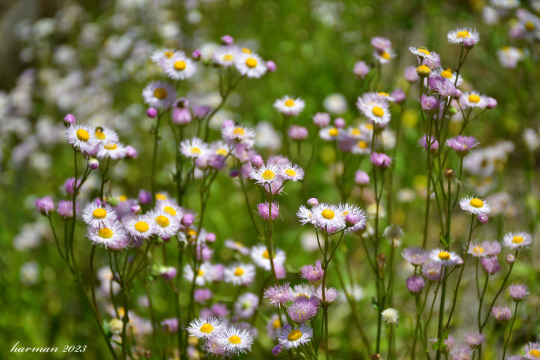#Erigeron philadelphicus
Text

First aster this spring
#landscape#landscape photography#photography#nature#nature photography#naturecore#flowers#aster#fleabane#philadelphia fleabane#erigeron philadelphicus#erigeron#kentucky
20 notes
·
View notes
Text
My Garden Flowers Part 2
All photos mine. The narrow-leaved sundrops photo is edited for colour since the camera apparently can't reproduce that intense of a yellow. Neither can any Photopea editing, but at least it's closer. It's the bright of highlighter yellow but more golden.























In order of appearance:
031. Philadelphia fleabane (Erigeron philadelphicus) A welcome "weed" I couldn't find available at any of the native plant places in Ontario (one in Manitoba carried it but it wasn't available) but she planted herself.
032. Canadian Lettuce (Lactuca canadensis) Another welcome "weed" that sadly didn't manage to reseed, but maybe one will turn up again.
033-034. Jack-in-the-Pulpit male and female flowers (Arisaema triphyllum) The male has one leaf set while the female has two. The babies only have a leafset and no flowers for the first couple years of their lives. Then they reach sexual maturity as males, the next year they'll be female and switch back and forth until the end of their lives.
035. Early Meadow Rue (Thalictrum dioicum) Not pictured as she hasn't flowered yet. She's new. Hopefully next year.
036. Creeping Oregon Grape (Mahonia repens) First they gave me a non-native cinquefoil but thankfully rectified it by giving me two of these when I'd only ordered one. They've flowered before, but never so profusely as they both have this spring, and there are a number of berries ripening! They also made a baby from previous years, or else one of them suckered.
037. Three-Leaved Coneflower (Rudbeckia triloba) So...I planted her. She died. I swear she died, like root and all, she did not make the winter. Didn't come up in the spring. But now she is in several places! Managed to reseed herself? Perhaps. I don't recall that she flowered the year I planted her. Had dormant seeds in her pot with her? Coincidental present from squirrels? Either way, she's roughly in the spot I wanted her and is flowering well. Who cares how she got there?
038. Witherod Viburnum (Viburnum nudum cassinoides) Not pictured as she hasn't flowered yet. Hopefully next year!
039. Purple Milkweed (Asclepias purpurascens) Not pictured as she hasn't flowered yet. She's a new milkweed species for me! If she makes it through the summer and then the winter I should have more flowers to post in a year or two. :)
040. Rosy Pussytoes (Antennaria rosea) Not pictured as she hasn't flowered yet. Surviving, though, which is saying something because not even weeds grow there. It's a very dry spot and I've been kind of neutred from watering. But I read that she likes dry and that spot is dry. So good luck to her.
041. Prairie Alumroot (Heuchera richardsonii) Not pictured as she hasn't flowered yet. Also surviving in said very dry area.
042. Ramps (Allium tricoccum) I really hope her seeds made baby ramps! They only flower after reaching maturity at seven years, which is why it's bad when people come and uproot the lot of them. And I mean, they taste nice but not where I understand why people do that.
043. Spicebush (Lindera benzoin) My native allspice substitute! Her berries are currently developing and will be red in the fall. Still hoping to attract spicebush swallowtails one day.
044. Bigleaf Lupine (Lupinus polyphyllus) Was supposed to be sundial lupine but definitely isn't. There is disagreement between VASCAN and the USDA over whether there is a single variant of one subspecies of L. polyphyllus that's native to Ontario. This one stays in my garden until that's settled. Anyway, she's a gorgeous plant but the reason to avoid intentionally planting it in Ontario is that it easily hybridizes with sundial lupine. The hairstreak caterpillar can only eat true sundial lupine leaves. I don't know if the variant that the USDA says is native is a misidentified hybrid (bad, but also doesn't seem like it because the variant listed by the USDA is Lupinus polyphyllus ssp. polyphyllus var. polyphyllus) or just a well-behaved variant (fine, just like there's a native subspecies of Phragmites australis). But again, I'll be leaving mine in until I learn for sure, and I won't be planting sundial lupine there to avoid hybridization.
045. Sweet Joe-Pyeweed (Eupatorium purpureum) Fuzzy flowers! She can get very tall. I'm also finding out she's a slow spreader as there is an individual nearby that I didn't plant.
046. Tall Bluebells (Mertensia paniculata) She survived several years and seemed to do well, but she didn't come up this spring. I'll need to get another one and try a spot that's not quite so tough.
047. Poke Milkweed (Asclepias exaltata) Not pictured as she hasn't flowered yet. But this is her second year, so to judge by some of my other species she should do it next year!
048. Narrow-Leaved Sundrops (Oenothera fruticosa) No flowers I've seen are as intensely yellow as those in this genus, and narrow-leaved sundrops and evening primrose in particular seem to just glow.
049. Cup Plant (Silphium perfoliatum) The coolest part of this plant is in the name: the bases of her leaf stalks wrap around the flower stalk to make cups at the joints. Water settles there and birds come to drink. I haven't seen this happen yet, but I'm waiting. The flowers, however, are quite sizable, very pretty, and attract lots of bees. She gets tall like some common sunflower cultivars.
050. Canada Violet (Viola canadensis) She barely came back this year after doing well for several. I think it was just a dry winter, but the point is for them to be able to survive all seasons any year, so I'm going to try somewhere else.
051. Stinging Nettle (Urtica gracilis) I'm assuming, anyway. She planted herself in my garden at my former apartment and I potted and took her with me when I moved. She's been doing okay. And bitey. She's very bitey.
052. Zigzag Goldenrod (Solidago flexicaulis) I didn't plant that, so free native plant for me! She's also made babies.
053. Cutleaf Coneflower (Rudbeckia laciniata) Finally flowering this year!
054. Lowbush Blueberry (Vaccinium angustifolium) Not pictured as I haven't got pictures yet.
055. Highbush Blueberry (Vaccinium corymbosum) A cultivar, though I can't remember which. I try to avoid cultivars and get the wild type if I can, but it's not always possible and not all cultivars are bad.
056. Lance Selfheal (Prunella vulgaris lanceolata) Selfheal is a common garden weed but unobtrusive and makes cute purple flowers. Not to mention edible and medicinal uses! This one is the subspecies native to Ontario proper, whereas her close cousin is common up here but apparently only native to the northeastern United States bordering southern Ontario.
057. Dense Blazing Star (Liatris spicata) She's fuzzy. She's magenta purple. Bees love her. She's perfect.
058. Fairy Candle (Actaea racemosa) She's related to the baneberries and is herself poisonous but she does have some limited edible uses. And her delicate white flowerheads are lovely.
059. Star-Flowered Onion (Allium stellata) So glad I was able to get her before the place that sold her stopped shipping to my province. No one in my province carries this! But she is native, I have her, and she is an ever green plant that simply resumes growth as soon as the snow melts.
060. Wood Violet (Viola sororia) Other than V. odorata, which is invasive in North America, if you see the classic blue, purple, and white violets growing everywhere in the spring in North America it's probably this species. Yes, violets can actually be blue! Not the sky blue of forgetmenots, dayflowers, or bluebells, or the deep blue of lobelias, but blue.
#blackswallowtailbutterfly#my photos#photography#my garden#garden flowers#native plant gardening#native flowers of Carolinian Canada and USA#Erigeron philadelphicus#Lactuca canadensis#Arisaema triphyllum#Clinopodium vulgare#Mahonia repens#Rudbeckia triloba#Allium tricoccum#Lindera benzoin#Lupinus polyphyllus#Eupatorium purpureum#Mertensia paniculata#Oenothera fruticosa#Silphium perfoliatum#Viola canadensis#Urtica gracilis#Solidago flexicaulis#Rudbeckia laciniata#Vaccinium corymbosum#Prunella vulgaris lanceolata#Liatris spicata#Actaea racemosa#Allium stellata
11 notes
·
View notes
Text
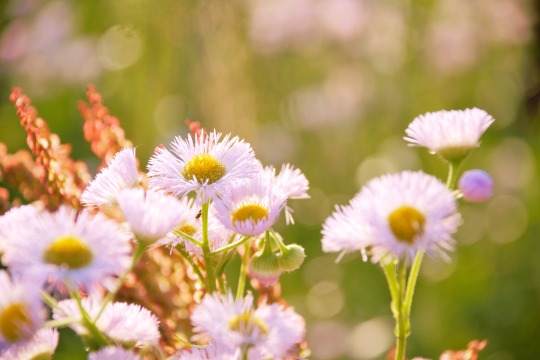
デジタル写真
2024年撮影
15 notes
·
View notes
Photo

Philadelphia Fleabane
Erigeron philadelphicus
Asteraceae
Photograph taken on June 20, 2023, at Petroglyphs Provincial Park, Woodview, Ontario, Canada.
#wildflowers of southern ontario#Philadelphia Fleabane#Fleabane#Erigeron philadelphicus#Erigeron#Asteraceae#white#Petroglyphs Provincial Park#Woodview#Ontario#Canada#wildflowers#wildflower#flowers#flower
23 notes
·
View notes
Photo

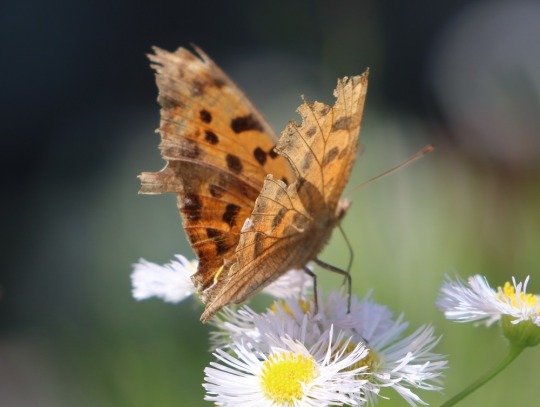
ぼろぼろのキタテハがいた(4月10日)
#Polygonia c-aureum#Asian comma#butterfly#motyl#Erigeron philadelphicus#Philadelphia fleabane#common fleabane#daisy fleabane#frost-root#flowers#kwiaty#japan#marsh fleabane#robin's-plantain#insects#owady
10 notes
·
View notes
Text

4/26/24
#Erigeron philadelphicus#plant#flowering plant#Philadelphia fleabane#eucidot#asterids#Asteraceae#Asterales
0 notes
Text

Erigeron philadelphicus / Philadelphia Fleabane at the Sarah P. Duke Gardens at Duke University in Durham, NC
#Erigeron philadelphicus#Erigeron#Asteraceae#Philadelphia Fleabane#Common Fleabane#Daisy Fleabane#Frostroot#Marsh Fleabane#Poor Robin's plantain#Skervish#Robin's plantain#Fleabane#Native plants#Native flowers#Plants#Flowers#Nature#photographers on tumblr#Sarah P. Duke Gardens#Duke Gardens#Duke University#Durham#Durham NC#North Carolina#🌺🌻
1 note
·
View note
Text
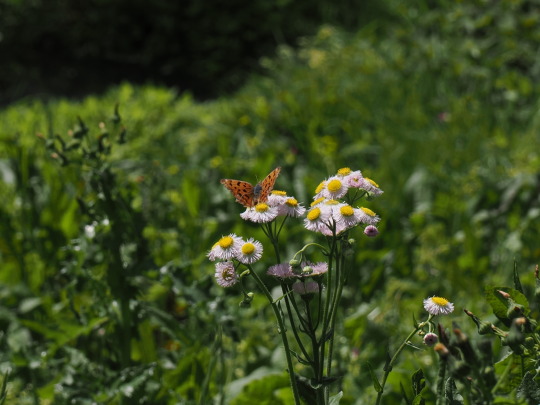
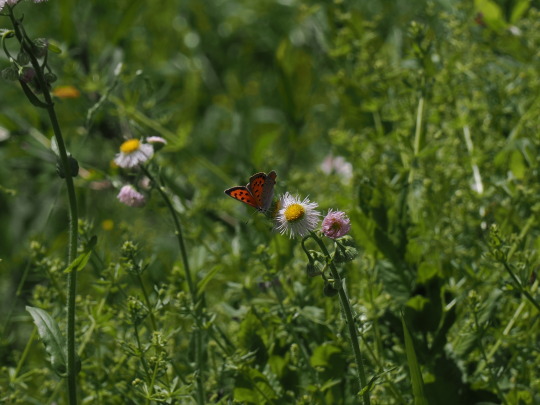
0 notes
Photo
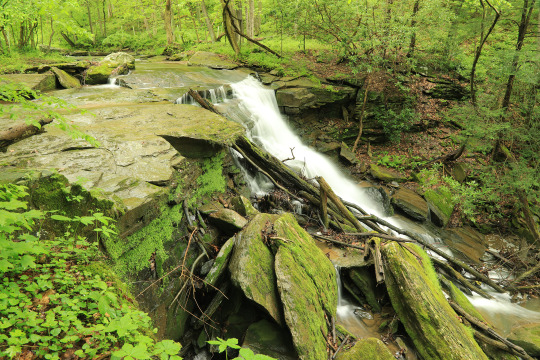

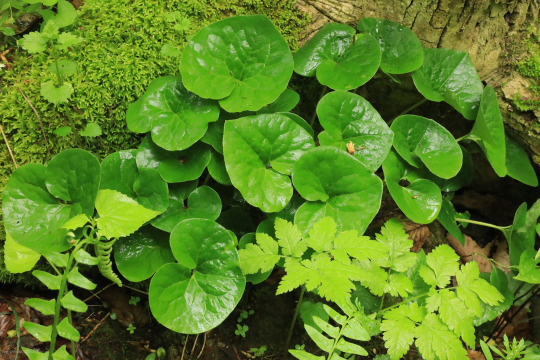


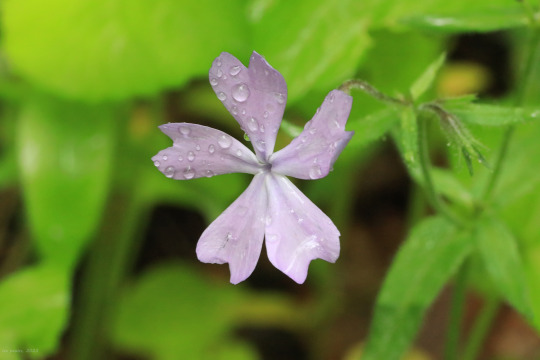
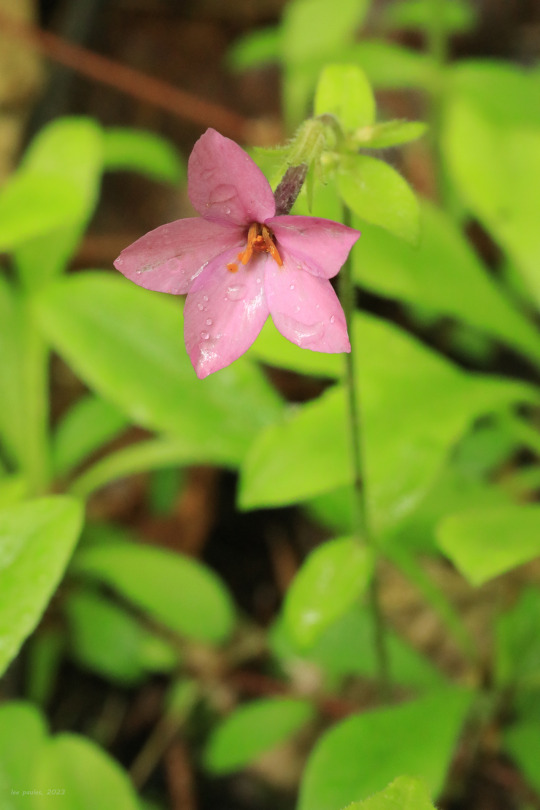
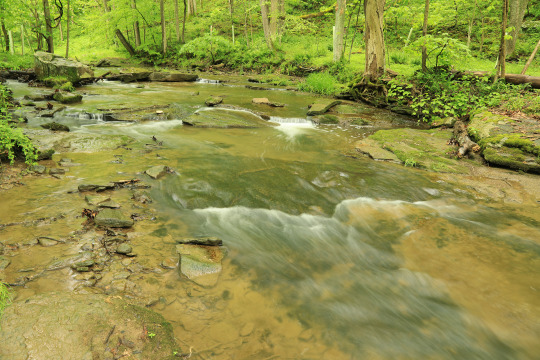
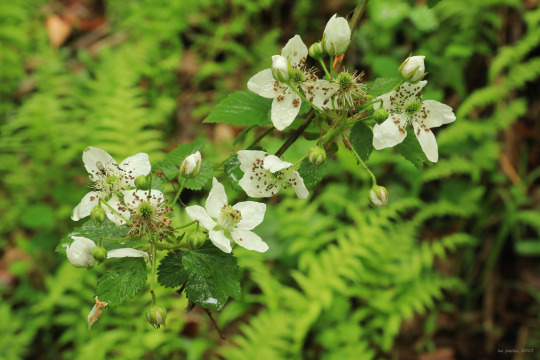
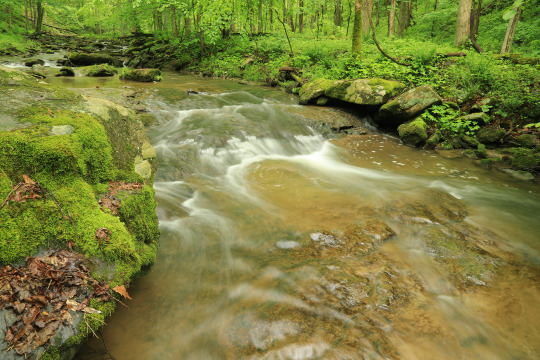
Part 2: After the Rain - Life in an Appalachian Temperate Forest.
From top: Wild ginger (Asarum canadense), also known as Canadian snakeroot; Philadelphia fleabane (Erigeron philadelphicus), a lovely spring aster deserving of a more dignified name; white wood violet (Viola sororia albiflora), a white variation of the common blue violet; woodland phlox (Phlox divaricata), also called wild blue phlox; creeping phlox (Phlox stolonifera), a mountain native and the most delicate and beautiful of Appalachia’s many wonderful phlox species; and Allegheny blackberry (Rubus allegheniensis).
#appalachia#vandalia#west virginia#toms run preserve#west virginia land trust#temperate forest#rain#intense green#flora#wildflowers#may#wild ginger#canadian snakeroot#phildaelphia fleabane#white wood violet#woodland phlox#wild blue phlox#creeping phlox#allegheny blackberry#common blackberry
459 notes
·
View notes
Text
@butch-appreciator submitted: Hello! Took some cool photos a few days ago of a parasitoid wasp in action! I've been working on IDing her and the best guess I have is a Dusona sp. but not feeling confident there. Was wondering if you could ID her. I am located in [removed] (please remove if posted). I'd estimate the wasp is about 1/2 an inch long and I believe the plant is Erigeron philadelphicus. Any ideas about the identity of the unlucky host are appreciated as well! Thanks so much!


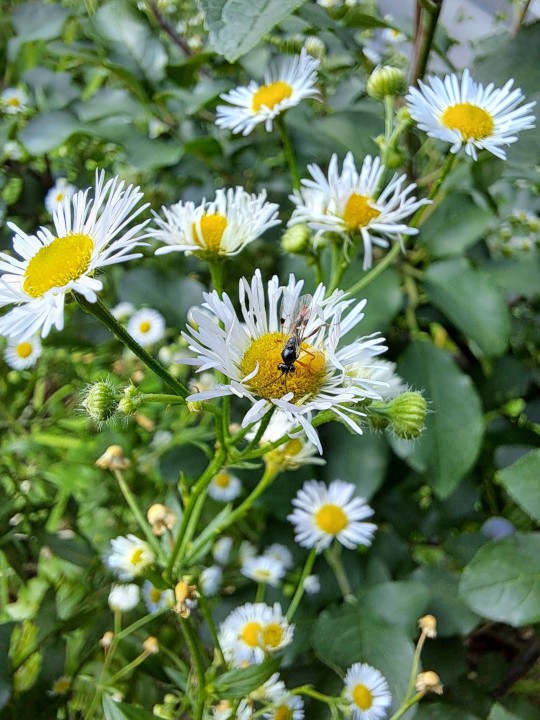
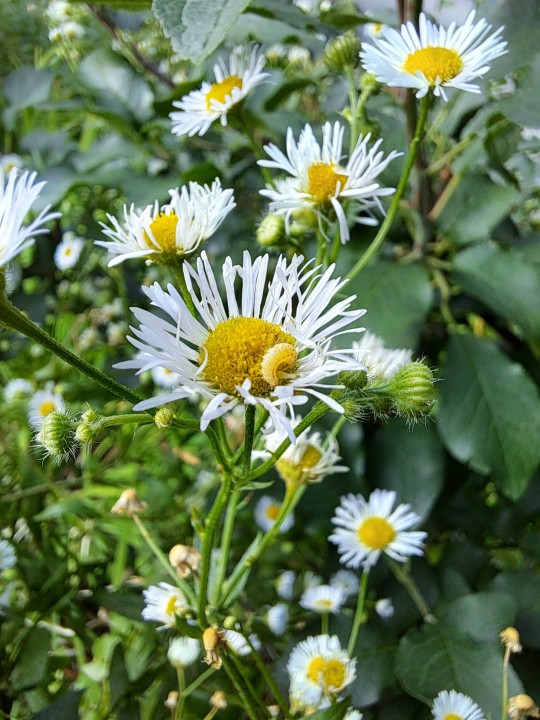
What a cool thing to witness! Less cool for the caterpillar having eggs laid into its body. RIP, bud. Definitely appears to be an Ichneumonid wasp and Dusona sp. is a good guess, but I don't think I'd be able to narrow it down further without clearer photos. Couldn't say what the unfortunate host is, either, other than a Lepidopteran larva. Sorry I can't be more help on this one, but thank you for sharing!
#animals#insects#bugs#submission#wasp#ichneumonid wasp#parasitoid#parasitism#bug death#injured bug#predation#caterpillar#larva
48 notes
·
View notes
Text




[ID: Four photos of clusters of flowers growing with long slim stems and smallish flowers with thin petals like little white hairs surrounding a yellow center. End ID]
some fleabane i took pictures of yesterday because i thought it was pretty, probably philadelphia fleabane (erigeron philadelphicus), an abundant native plant in north america, though i believe this particular variety as well as other north american varieties are invasive in europe and asia. i think it also has some edible and/or herbal uses though i don’t know about them. we get a ton of it growing where i live
7 notes
·
View notes
Text
Lacy White Flowers
Since there are so many kinds I thought I'd put them all together. :)






























Aruncus dioicus (bride's feathers/goat's beard) is in my own garden and is a species that is agreed by both the USDA and VASCAN to be native to British Columbia, but VASCAN says only there and introduced elsewhere, whereas the USDA says one variety is native to western Canada and USA, and another (the primary variety, but this one is not recognized by VASCAN) is native to eastern Canada and USA.
Pycnanthemum virginianum (Virginia mountain mint) is also in my own garden and is native to Ontario and Quebec according to VASCAN and the USDA, and to the maritime provinces and most of the eastern United States according to the USDA.
Erigeron philadelphicus (Philadelphia fleabane) would have been a weed but isn't in my garden because I would have happily paid money to get her. She's native to most of Canada according to both VASCAN and the USDA, and to most of the USA as well according to the USDA.
Daucus carota (Queen Anne's lace/wild carrot) is a weed in my area because she's native to Europe and Asia, not North America. Very pretty, though, and if I had been born and raised across the pond and had developed an interest in native flora there, I absolutely would grow her.
Tradescantia zebrina cultivar (silver inch plant/wandering Judy) is a plant my grandmother loves to grow. She is not native but as an annual whose seeds can't survive the winter there's no risk of her becoming invasive up here (which she is in warmer parts of the world). She is native to Mexico, Central America, and Colombia.
Sparganium americanum (American bur-reed) is in my own garden and is native to much of eastern North America.
Prunus virginiana (chokecherry) was growing in a fallow area next to a busy road. I found her as I was taking a long walk. Didn't know what she was at the time and plant identification apps weren't a thing back then. She is native to most of North America.
Verbena urticifolia (white vervain) is planted in a garden in the nearby park (or perhaps grew there on her own). She is native to much of North America.
I don't know what that is and my plant app at the time wasn't helpful. Valerian maybe. Was growing somewhere in Montreal near the water.
Berteroa incana (hoary alyssum) at least according to iNaturalist. This is an invasive species in North America and is native to Eurasia. Bad plant here, but she's pretty and I'm sure she's very nice where she belongs.
Hydrophyllum virginianum (Virginia waterleaf) is in my own garden. You mostly find her in woodlands and she likes dappled light. She'll tolerate part sun, but she'll droop until the light fades. She's native to Manitoba, Ontario, and Quebec according to VASCAN and the USDA, and the USDA also says she's native to most of the eastern USA.
Melilotus albus (white sweet clover) is not native to North America but to Eurasia, and is invasive here. So, you know, if you're in North America and you want to make a wildflower bouquet, feel free to grab all of her.
Torilis japonica (upright hedge parsley) is native to parts of North Africa, western Europe, and Asia. She's unfortunately very invasive in North America.
Ceanothus americanus (New Jersey tea) is in my own garden and she's native to Ontario and Quebec according to VASCAN and the USDA, and also to most of the eastern USA according to the USDA. You can use her for tisane, as the name suggests, but I haven't done so yet.
Ocimum basilicum (basil) is a herb grown often by my grandmother and by many others because her leaves are a delicious herb. You actually want to try to pinch the flowers where you find them growing because it will encourage more leaf growth and keep the taste nice. However, in a large stand of them you undoubtedly miss a few, and they're kind of cute!
Pycnanthemum tenuifolium (slender mountain mint) was in my own garden. I believe she'd make a great savoury seasoning though I never got to trying. She is native to Ontario and Quebec according to VASCAN and the USDA, and to most of the eastern USA according to the USDA.
Actaea racemosa (fairy candle) is in my own garden. I just think everyone in her native range should try growing her. She's so pretty. But make sure she's watered well. The plants themselves are drought-tolerant once established but the flower spikes will shrivel and die before opening. There is disagreement on her Canadian native range. VASCAN says Ontario only and introduced to Quebec. The USDA says native to both Ontario and Quebec and says she's also native to much of the eastern USA.
Galium aparine (sticky willy) at least I think. She's growing on a hillside next to a sidewalk, holding her own against the invasive dog-strangling vines, daylilies, and buttercups. VASCAN says she's native to much of Canada, Ontario included. The USDA disagrees on some of her Canadian range, but also includes Ontario, and all of the continental USA except Puerto Rico.
Maianthemum stellatum (starry false Solomon's seal) is native to most of Canada according to the USDA and VASCAN, and to most of the USA according to the USDA. She's found in wet woody areas and has candy-striped berries. This one is mine.
Allium cernuum (nodding onion) is in my own garden and is native to several Canadian provinces according to VASCAN and the USDA, and is also native to much of the continental USA according to the USDA. She's pretty and she's tasty.
Circaea canadensis (eastern enchanter's nightshade) shows up as a garden weed, but in my garden she's welcome. She's native to from Manitoba to the maritime provinces according to VASCAN and the USDA, and also to much of the eastern USA according to the USDA.
I don't know what this is. Likely part of the carrot family.
Dianthus species but I don't know which. Likely a cultivar.
Spiraea alba (white meadowsweet) is native to much of the southern part of Canada according to VASCAN and the USDA and is also native to much of the eastern USA according to the USDA.
Amelanchier sp. (serviceberry) planted by the city. Not sure which species but her berries are delicious in the spring. Multiple Amelanchier species are native to North America.
Thalictrum pubescens (tall meadow rue) is in my own garden. In my opinion she's a must-have in part shade for anyone with a garden in eastern North America, to which she is native according to VASCAN and the USDA.
Heracleum mantegazzium (giant hogweed) for invasiveness in North America, height, and danger, is like Queen Anne's lace, cow parsnip, and wild parsnip on crack. My photo was taken from a safe distance but she's kind of everywhere now. Flowers are pretty, which is why she was brought over from her native Caucasia. She probably has some edible uses too if prepared correctly, but like...she can burn or blind you in the process, so I don't recommend experimenting (even though I intend to).
Asclepias verticillata (whorled milkweed) is one of the more aggressive milkweeds, spreading via rhizome, but not nearly as much as common milkweed. She's native to Saskatchewan, Manitoba, and Ontario according to VASCAN and the USDA, and also to most of the lower 48 states according to the USDA.
Plantago lanceolata (ribwort plantain) is a common weed in lawns and fields. She's native to Eurasia in temperate regions but although widespread over North America, she doesn't appear to be invasive. Not all introduced species are.
Sambucus canadensis (common elder) is in my own garden. Good berries (if cooked; they're poisonous raw) and magical flower clusters. She's native in Canada from Manitoba to the maritime provinces according to VASCAN and the USDA, and to most of the lower 48 states as well as Puerto Rico according to the USDA. She's also native through Mexico to Bolivia according to Wikipedia.
#lacy white flowers#flowers#white flowers#my garden#native plant species of Ontario#invasive plant species of North America#introduced plant species of North America#wildflowers#garden flowers#beautiful weeds#my photos#blackswallowtailbutterfly
5 notes
·
View notes
Photo



ハルジオンで吸蜜するセイヨウミツバチ(4月10日)
#Apis mellifera#western honey bee#European honey bee#honey bee#pszczoła miodna#japan#Erigeron philadelphicus#Philadelphia fleabane#common fleabane#daisy fleabane#frost-root#flowers#kwiaty#insects#owady#pszczoła
7 notes
·
View notes
Text


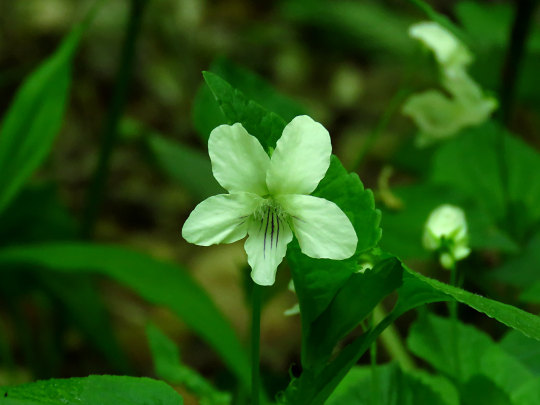
Seen along the Boston Run trail, Cuyahoga Valley National Park, Brecksville, Ohio (2) (3) by fractalv
Via Flickr:
(1) Erigeron philadelphicus (Philadelphia Fleabane)
(2) Tiarella cordifolia — foam-flower
(3) Striped White Violet; Viola striata
5 notes
·
View notes
